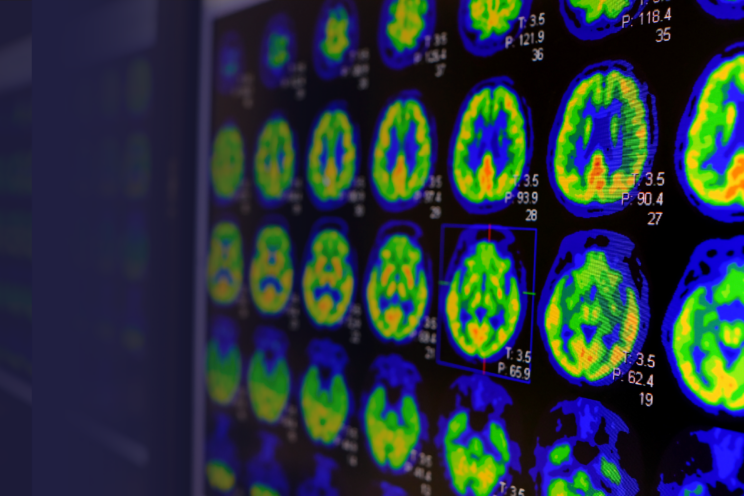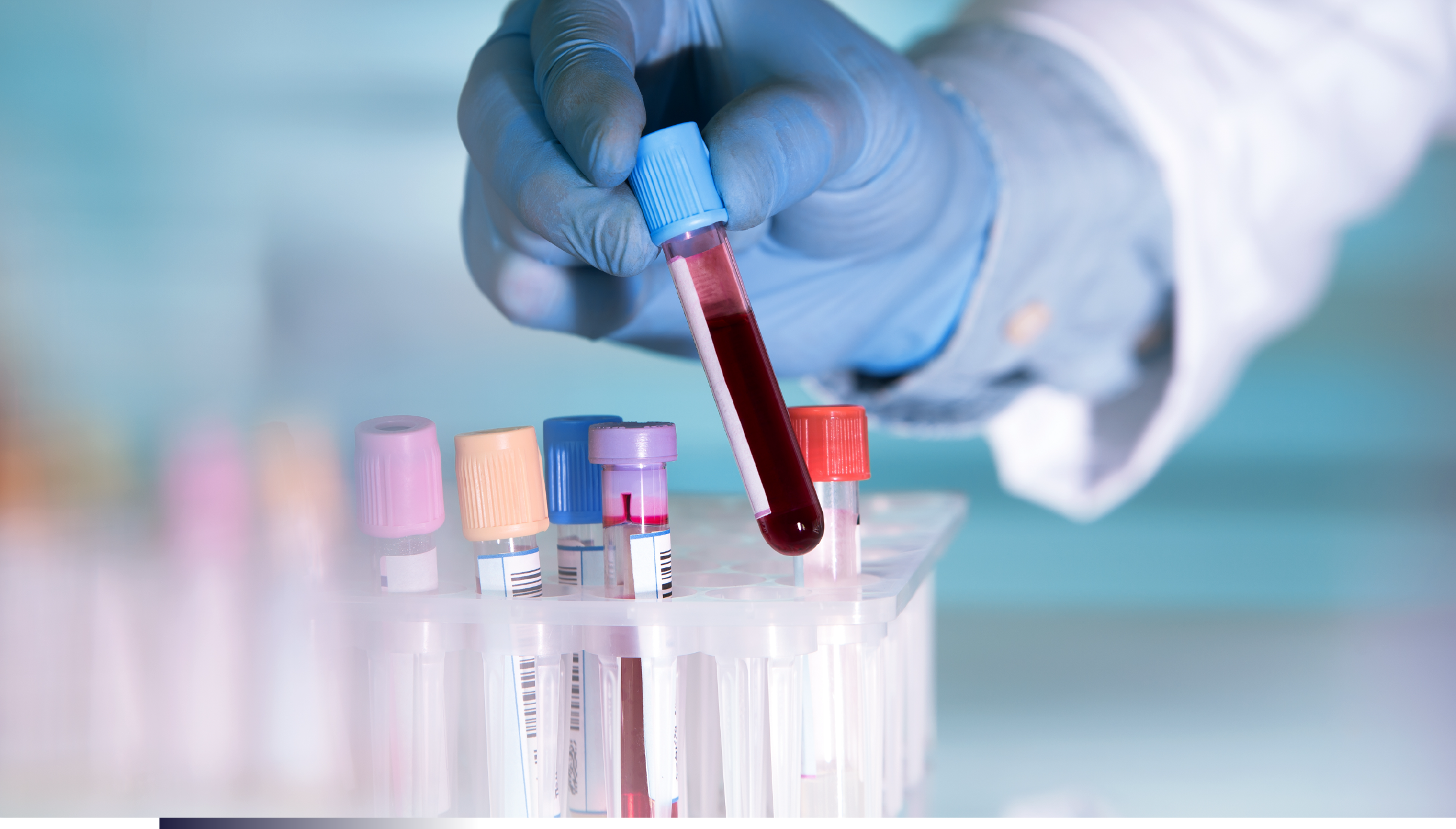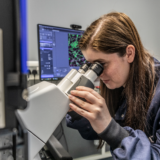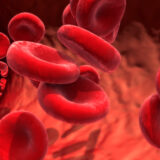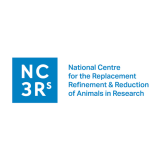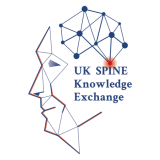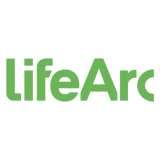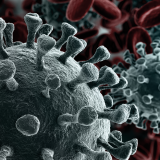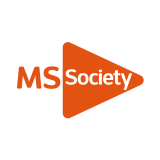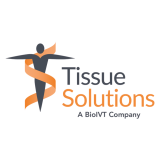Translational Imaging at Medicines Discovery Catapult
Technologies such as magnetic resonance imaging (MRI), computed tomography (CT) and positron emission tomography (PET) scans are crucial diagnostic tools widely used to capture what is happening within the body in a non-invasive way. In 2023 alone, over 45 million imaging tests were carried out in the UK, helping to detect and diagnose diseases, providing crucial insights to treat patients.
Such imaging technologies can also be used to support medicines discovery. Referred to as pre-clinical or translational imaging when applied to this field, it allows researchers to see the effectiveness of a medicine in real-time. A variety of different imaging technologies can be used to visualise biological functions with the aim of accelerating disease understanding and drug development. This helps scientists understand how a medicine interacts with the body, its delivery to the target area, and the concentration required to treat a disease.
It is vital to gather this information at a pre-clinical stage, before a medicine progresses through clinical trials, as it helps to predict how a patient will respond to a medicine and how effective it will be once administered.
Medicines Discovery Catapult (MDC) uses its leading expertise and access to state-of-the-art imaging technology
to help innovators develop a deeper understanding of how their medicine works, generate and share vital data, and accelerate drug development. The ultimate aim is to achieve maximum therapeutic benefit for patients.
Read the full translational imaging at Medicines Discovery Catapult case study below:

